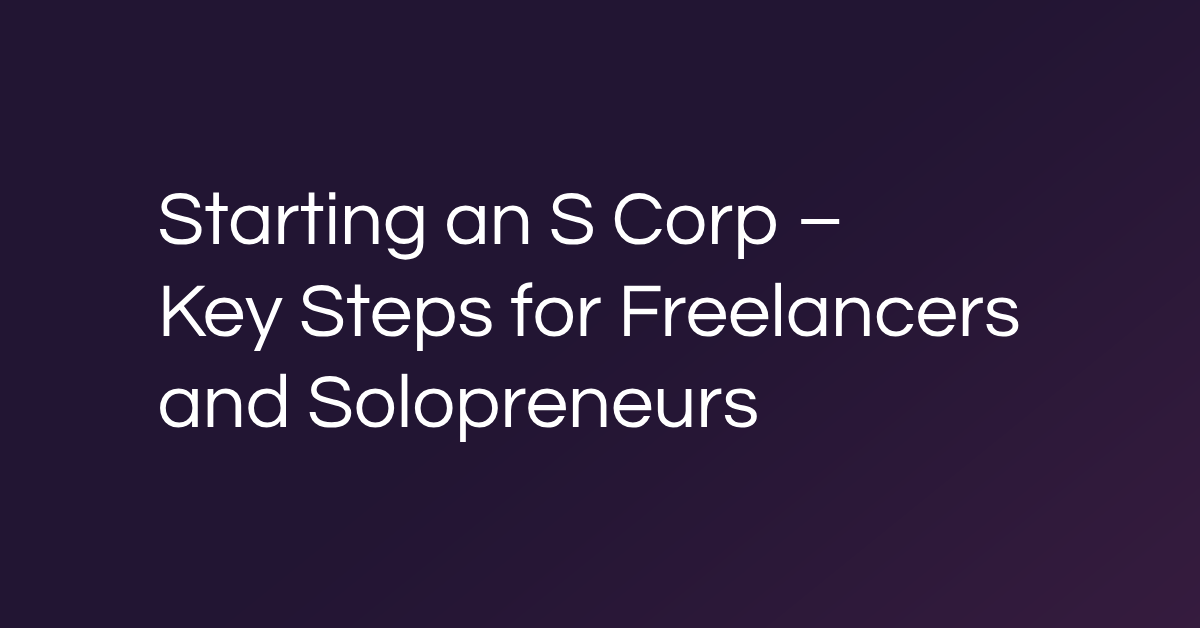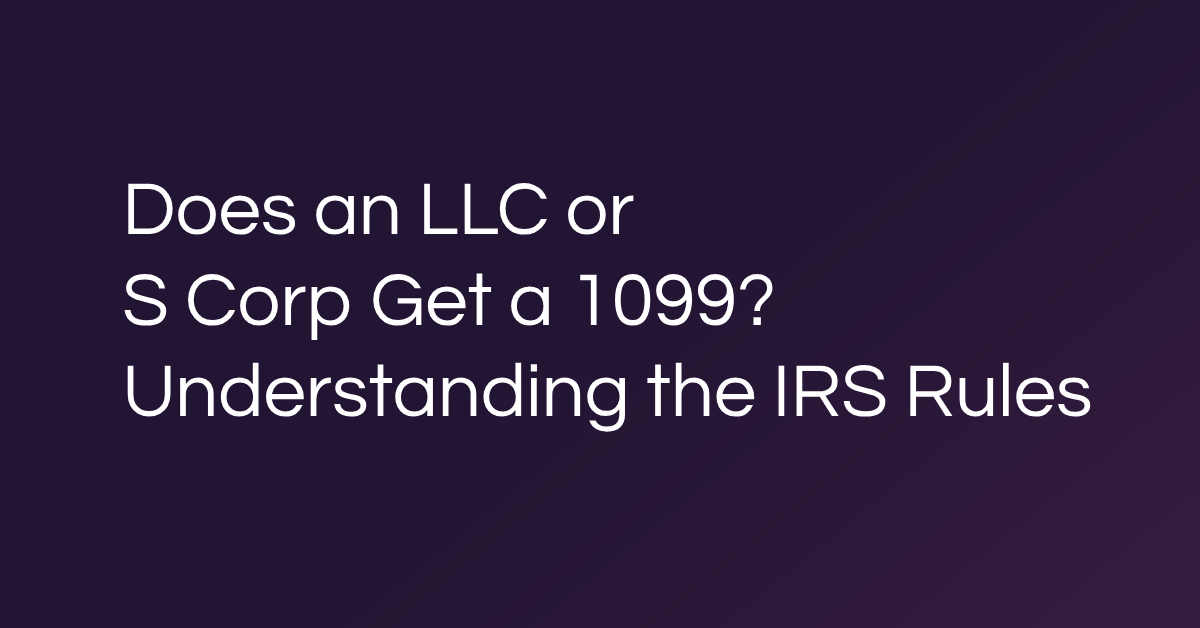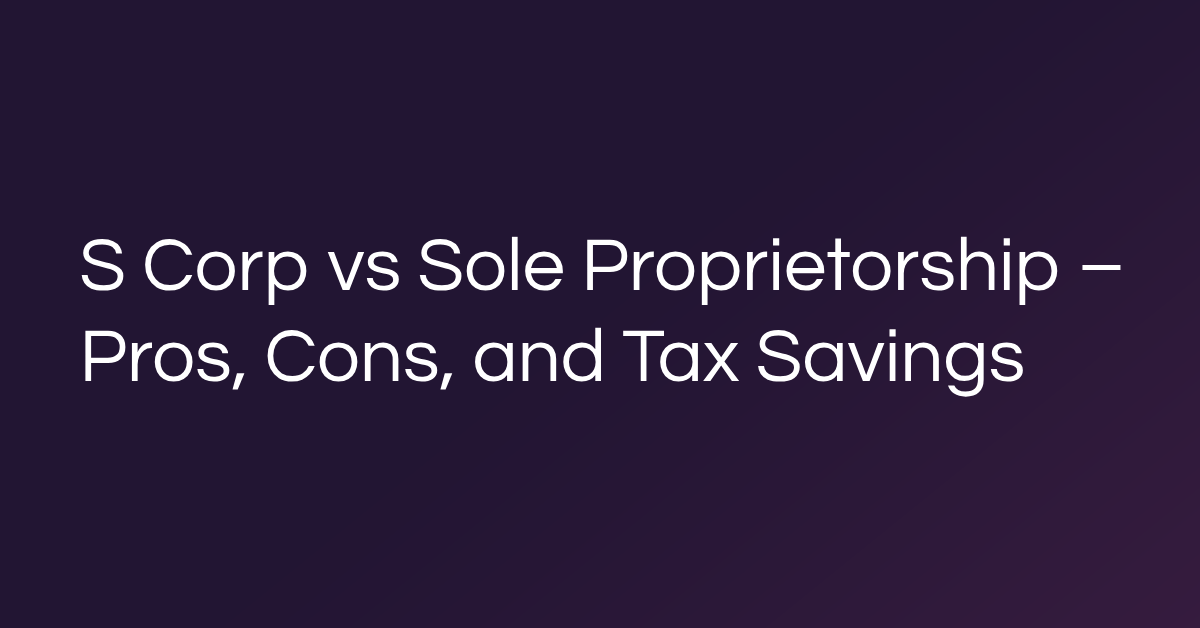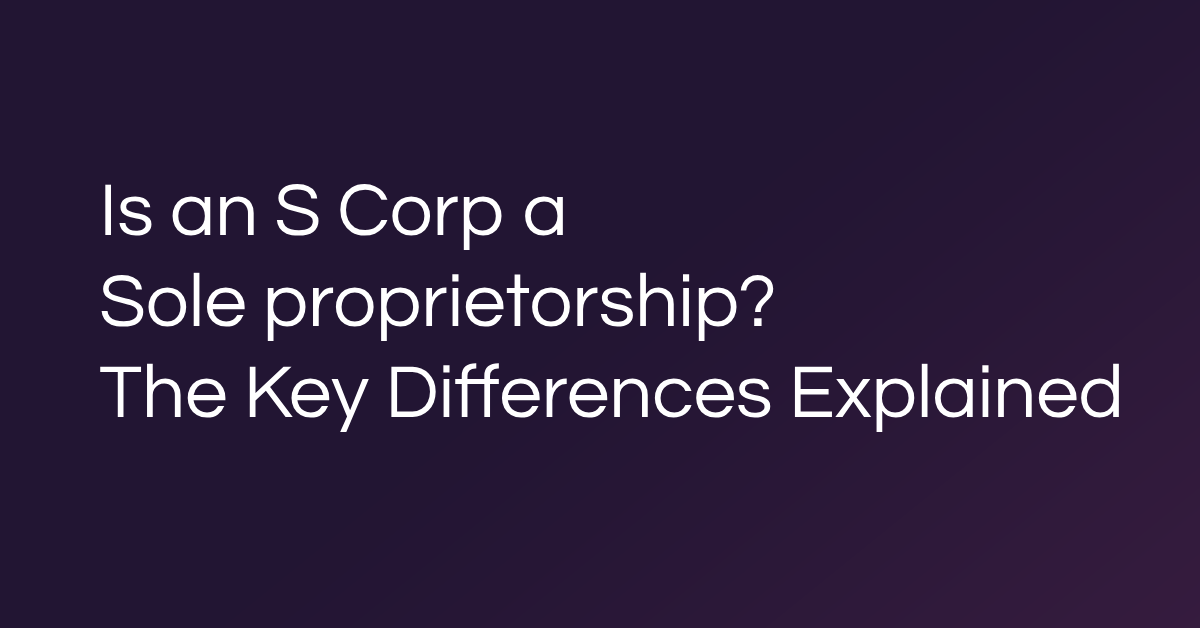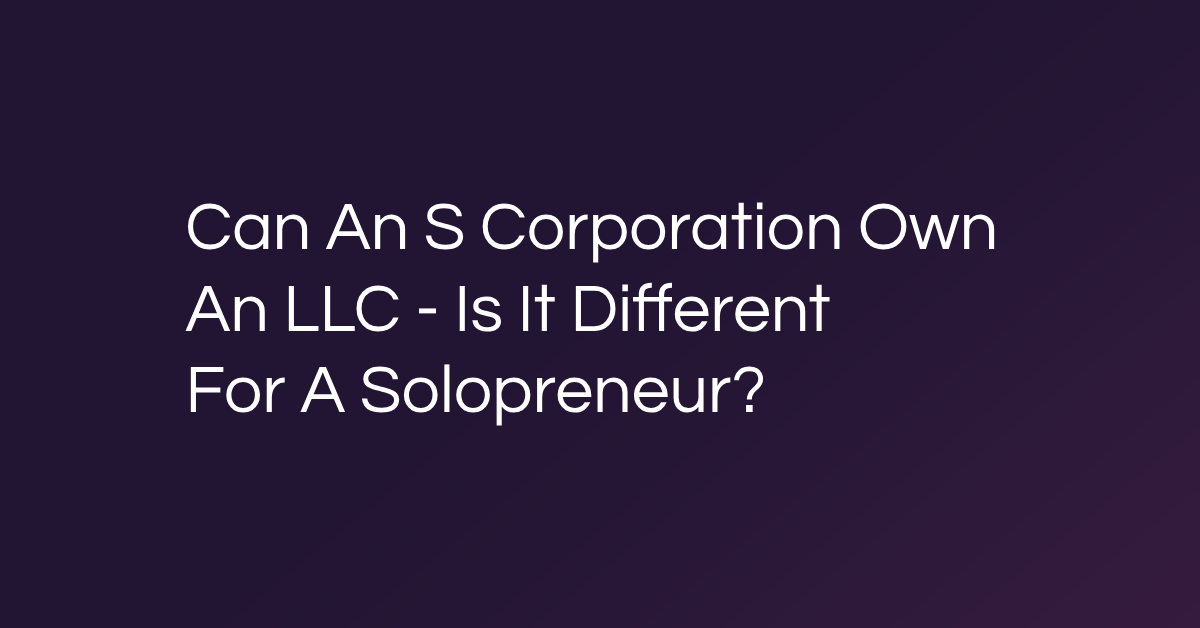Running a business of one is demanding. Between managing clients, paying quarterly taxes, and keeping operations running, long-term planning often falls to the bottom of the list. But if you’re operating as a sole proprietor, or with a single-member LLC/S corp, setting up a retirement plan isn’t just a smart move — it’s a proactive step toward securing your future while deferring taxes.
When comparing options, the debate often comes down to solo 401k vs self-directed IRA. Both offer powerful retirement savings tools, but they’re structured differently, and only one mirrors the feel of a traditional 401k. If you miss the simplicity and benefits of your old W2 retirement plan, a solo 401k could be the answer.
Explore how each plan works, key differences, and why many business owners prefer the familiarity and flexibility of a solo 401k when building for the future.
Understanding retirement planning for solo entrepreneurs
When you work for yourself, no employer is setting up a retirement plan on your behalf. That responsibility — and opportunity — rests entirely on your shoulders. For solo entrepreneurs, retirement planning is about more than tax benefits. It’s about building a safety net that supports your lifestyle long after you’ve stopped working.
Unlike employees with automatic 401k contributions, small business owners must actively choose and fund their own plans. That requires discipline, but it also gives you control. You decide how much to contribute, how it’s invested, and what structure best supports your goals.
The earlier you start, the more you can take advantage of compounding growth and potential tax savings. Whether you’re just getting serious about long-term planning or fine-tuning your financial strategy, the right retirement account helps build future stability.
Solo 401k and SEP IRA: key differences
Solo 401k and SEP IRA accounts are two of the most common retirement plans for business owners without employees. Both offer tax-deferred growth and allow higher contribution limits than traditional IRAs — but there are key differences in how they operate.
A solo 401k is structured similarly to a traditional employer-sponsored 401k. You wear two hats: employee and employer. That means you can contribute both a salary deferral (up to $23,000 for 2025 or $30,500 if you’re over 50) and a profit-sharing contribution for a total of up to $69,000 annually.
SEP IRAs, by contrast, only allow employer contributions—up to 25% of your compensation or $69,000, whichever is lower.
Another advantage of the solo 401k is that it allows Roth contributions and loan options, unlike the SEP IRA. If you’re used to the structure of a 401k from your W-2 days, a solo 401k will feel familiar—while offering even more control.
The solo 401K loan is an amazing mechanism that allows you to borrow up to 50% of the balance, maximum of $50K, from your own retirement account with a lot of flexbility. The balance is paid back typically over 5 years with interest. The interest you pay goes into your retirement account as Roth (after tax) contributions to your retirement plan. Who said you cant have your cake and eat it too?
Pre-tax vs Roth contributions: what you need to know
One of the most significant decisions you’ll make when setting up a retirement account is how you want to be taxed — now or later. Both solo 401k and SEP IRA plans can offer tax advantages, but how those benefits apply depends on whether you choose pre-tax or Roth contributions.
With pre-tax contributions, money goes into your account before taxes are deducted, reducing your taxable income now. You’ll pay taxes later when you withdraw funds in retirement. This approach is available with both solo 401k and SEP IRA plans, though SEP IRAs only offer pre-tax options.
Roth contributions, on the other hand, are made with after-tax dollars. You don’t get a deduction now, but your money grows tax-free — and withdrawals in retirement are tax-free as well. Solo 401ks give you the option to make Roth contributions, while SEP IRAs do not.
The Roth feature in a solo 401k can be a powerful tool for business owners who expect their income to rise or want long-term tax-free growth.
Understanding self-directed options
Self-directed accounts unlock new possibilities for entrepreneurs who want full control over their retirement investments. Unlike traditional plans that limit you to mutual funds and ETFs, a self-directed retirement account allows you to invest in a broader range of assets — like real estate, private equity, or even cryptocurrency.
Both solo 401k and IRA plans can be self-directed, but there are differences in how they function. A self-directed solo 401k typically offers greater flexibility with fewer custodial restrictions. You act as the trustee, meaning you can make investment decisions quickly without waiting for third-party approval.
Self-directed IRAs, by contrast, require a custodian to facilitate each transaction. This extra layer can slow down decision-making and may come with additional fees.
If you want hands-on control and faster access to alternative investments, a self-directed solo 401k offers more autonomy — and fewer obstacles — than a self-directed IRA.
Why a solo 401k might be the better choice
If you’re a small business owner with a single-member LLC or solo S corp, a solo 401k offers a level of flexibility, control, and familiarity that’s hard to beat. It mirrors the structure of a traditional workplace 401k, making it easier to understand and manage — especially if you’re already juggling a lot.
Unlike SEP IRAs, the solo 401k allows both employee and employer contributions, which means you can potentially save more each year. It also gives you the option of Roth contributions and allows for plan loans — two features that SEP IRAs don’t support.
For entrepreneurs who want to maximize contributions, diversify investments, and maintain hands-on control, the solo 401k provides more tools to build wealth on your terms. When you’re already managing everything else in your business, a plan that feels familiar and puts you in the driver’s seat makes a big difference.
Plan smarter, retire stronger
When compared to a self-directed IRA, a solo 401k stands out for its higher contribution limits, Roth flexibility, and familiar structure. It’s built for entrepreneurs who want control without complexity, and it’s especially powerful for those with a single-member LLC or S corp looking to grow long-term wealth.
Besolo’s self-employment platform simplifies retirement planning by giving you access to a solo 401k, integrated compliance support, and expert-vetted tools built for business owners like you.
If you’re ready to take the stress out of retirement planning and focus on growing your business, become a member today.





